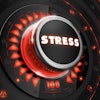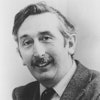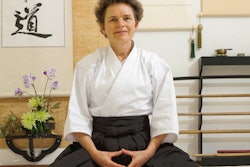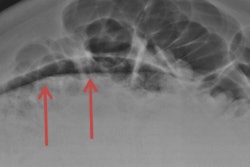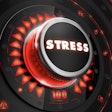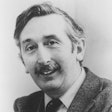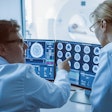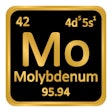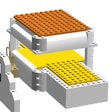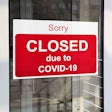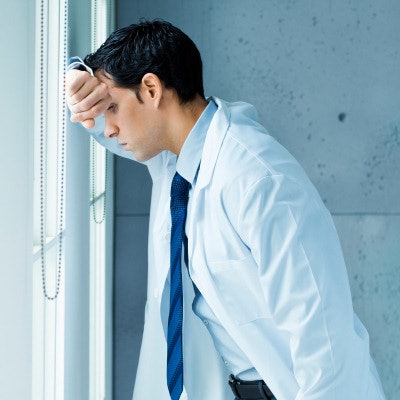
It's no secret that physicians are susceptible to workplace burnout, and radiologists are no exception. The syndrome can be dangerous, affecting the well-being of physicians and also the quality of care provided to patients. But how common is burnout?
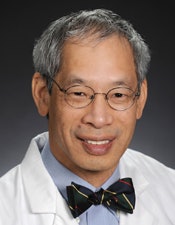 Dr. Felix Chew of the University of Washington.
Dr. Felix Chew of the University of Washington.Past research on burnout among physicians has tended to treat specialists such as radiologists as one group, said presenter Dr. Felix Chew of the University of Washington. To get a clearer picture, he and colleagues investigated the prevalence of burnout among a specific subgroup: musculoskeletal radiologists.
"By focusing on a specific subspecialty of radiologists, we were able to look at the problem of burnout in greater detail," Chew told session attendees.
The researchers found that burnout is even more prevalent than previously understood, with 80% of musculoskeletal radiologists experiencing it.
"Burnout is worse than we thought," Chew said. "And it's worse in musculoskeletal radiologists' first few decades of practice."
3 aspects
In the 1980s, Christina Maslach, PhD, of the University of California, Berkeley, developed what is now called the Maslach Burnout Inventory (MBI), Chew said. MBI defines burnout as a job-related psychological syndrome with three aspects:
- Emotional exhaustion: Feelings of being emotionally overextended and exhausted by one's work.
- Depersonalization: A lack of feeling or impersonal response toward those who receive one's service, care treatment, or instruction.
- Personal accomplishment: Perceived lack of competence and successful achievement in one's work.
Using the Maslach inventory as a resource, in January of this year Chew's team invited 1,190 members of the Society of Skeletal Radiology to take an anonymous survey that included questions adapted from the Maslach inventory. Of those invited, 433 members participated. Of these participants, 50.5% were in private practice, 47.7% were in academic practice, and 1.9% were in teleradiology. In terms of gender, 79.2% of survey respondents were male and 20.8% were female. Finally, 19.5% of the study participants had up to five years of experience past training, 26.7% had six to 10 years, 30.7% had 11 to 20 years, and 23% had 21 years or more.
The inventory elicits responses on a seven-point scale for each of the three aspects of burnout, and it categorizes scores into low, average, and high levels of the syndrome. Chew and colleagues considered burnout to be present if a survey respondent's subscore for a particular aspect of burnout placed the participant into Maslach's high burnout level. The team numerically coded participants' responses to determine a mean score for each aspect of burnout, compared these scores to a threshold score for high burnout in medical workers (determined by Maslach), and then calculated the prevalence of participants who scored high for each aspect.
Overall, 80% of the musculoskeletal radiologists who participated in the survey reported manifestations in at least one aspect of burnout, while 52% reported manifestations in at least two and 22% in all three, the team reported.
| Prevalence of burnout in MSK radiologists | |
| Burnout aspect | Prevalence |
| Emotional exhaustion | 61.7% |
| Depersonalization | 53.3% |
| Perceived lack of accomplishment | 39.6% |
The prevalence of burnout among men and women was similar, the group found. And aspects of burnout were associated with practice type: Musculoskeletal radiologists in private practice reported more emotional exhaustion and depersonalization than those in academic practice; however, a perceived lack of accomplishment was worse for those musculoskeletal radiologists in academic practice than those in private practice.
"Burnout is worse in private practice versus academic practice, with 86.2% of musculoskeletal radiologists in private practice reporting burnout symptoms, compared to 74.9% of those in academic practice," Chew said. "The fact that burnout was less severe in academic settings could be due to the presence of students and trainees to support the workload, engagement in meaningful academic work, or perhaps more flexible hours or lower RVU [relative value unit] expectations."
But burnout does seem to lessen with time and experience, he added.
"We found that senior musculoskeletal radiologists -- those with 21 years or more experience -- had less burnout, which could be due to having more control over their work environment due to seniority, or having developed better coping skills," Chew said.
Beating burnout
What can be done to address the problem of burnout? It's a two-part process, according to Chew.
"Because burnout is defined as a work-related psychological syndrome, one can address the job -- the work-related part -- the person's mental/emotional state, or both," he told AuntMinnie.com via email. "Workplace changes may help the first part, and [tools such as] mindfulness training may help the second."
To address the workplace problem, the University of Washington has established a reading room focused on wellness, with workstations that allow radiologists to stand or sit as desired, one with a walking treadmill, and even a stationary bicycle that can be moved to any of the workstations, Chew said.
"We encourage social interaction within the reading room and lots of teamwork, even though we are subject to the same pressures, detailed metrics, and financial incentives that affect all of radiology," he said. "We work hard for our patients but we also try to keep everyone focused and engaged."

